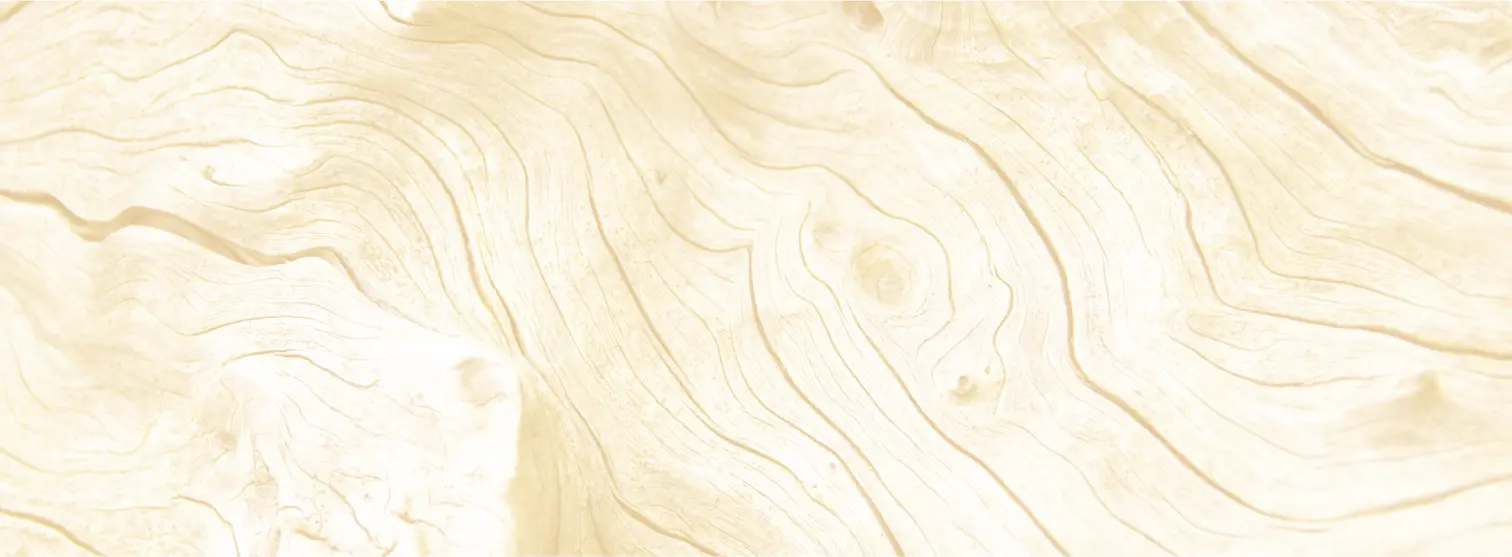The constellation of Orion, called Ka Heihei o na keiki in Hawaiian, is arguably one of the most recognizable constellation, world-wide, because it can be seen from both the northern and southern hemisphere....
Cassiopeia is found in the northern hemisphere and known as Iwa Kelii in Hawaiian....
Hawaii is the only place in the 50 states where the Southern Cross, formally known as Crux, is visible in the night sky. This beautiful gem is probably the most famous constellation in the southern hemisphere,...
Ursa Major is a prominent constellation found in the northern hemisphere. Most recognizable is the asterism within the constellation, usually referred to as the Big Dipper. ...
Hawaiians use many stars and constellations to organize the night skies, and often these constellations were used in unison with early seafaring navigation. Four of the main star lines used are known as Ke Ka O Makalii-the bailer of Makalii,...
There are 12 large constellations that span the night sky throughout the year between the tropics of Cancer and Capricorn, known as Zodiacal Constellation, or the signs of the Zodiac....
People have been looking to the stars in wonder for thousands of year. As impressive a sight as the night sky can be, it can also become quite confusing....
Although most people have gazed up at the moon at some point in their lives, many have never had the experience of seeing it through a powerful telescope. This enhanced view brings to life the craters and ancient “oceans” of the lunar landscape. Being the only celestial body other than earth that humans have walked on, the moon has long been an...



